The Top 10 Most Common Startup Mistakes (and How To Avoid Them)
Discover the top 10 mistakes that cause startups to fail and learn how to avoid them with actionable insights on product-market fit, financial management, scaling, and more.

The Top 10 Most Common Startup Mistakes (and How to Avoid Them)
Starting a business is exhilarating but also a path littered with landmines. Whether you’re building the next tech unicorn or bootstrapping your passion project, inevitable mistakes have taken down even the most promising startups.
Personal Insight: I find that most CEOs and founders fall in love with their ideas and become blind to their mistakes and risks. Founding a startup is the hardest thing you could ever do, so invariably, founders get dragged into an all-consuming challenge every day, become stuck in the business, and stop working on the business.
Let’s talk about the 10 most common mistakes founders make and, more importantly, how to dodge them with practical advice. Keep reading if you’re serious about scaling your startup without falling into the usual traps.
1. Building a Product No One Wants
"The number one reason startups fail is because there is no market need." – CB Insights
Many founders build something they think is cool, not realizing that cool doesn’t always mean helpful. If there’s no problem to solve, people won’t care about your product—no matter how much time or money you spend.
How to Avoid It:
- Talk to your potential customers before you build anything.
- Conduct at least 50 customer discovery interviews.
- Launch an MVP (Minimum Viable Product) and measure feedback early.
Real Talk: Don’t guess. Validate.
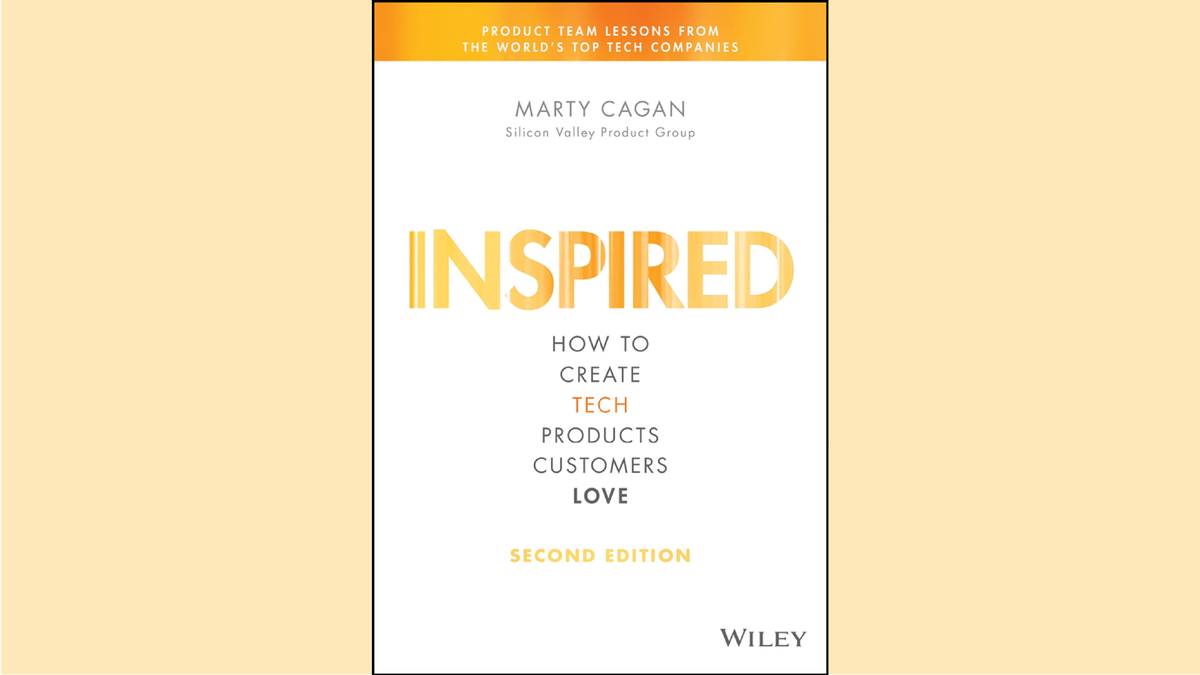
2. Burning Through Cash Too Quickly
Money is like fuel—you’ll need it to keep the engine running. Too many startups run out of cash because they didn’t plan properly or overestimated early revenue.
How to Avoid It:
- Know your burn rate and how many months of runway you have left.
- Cut unnecessary expenses, like fancy offices or marketing experiments that don’t convert.
- Raise more money than you need (buffer for emergencies).
Pro Tip: Cash flow is oxygen. Don’t suffocate.
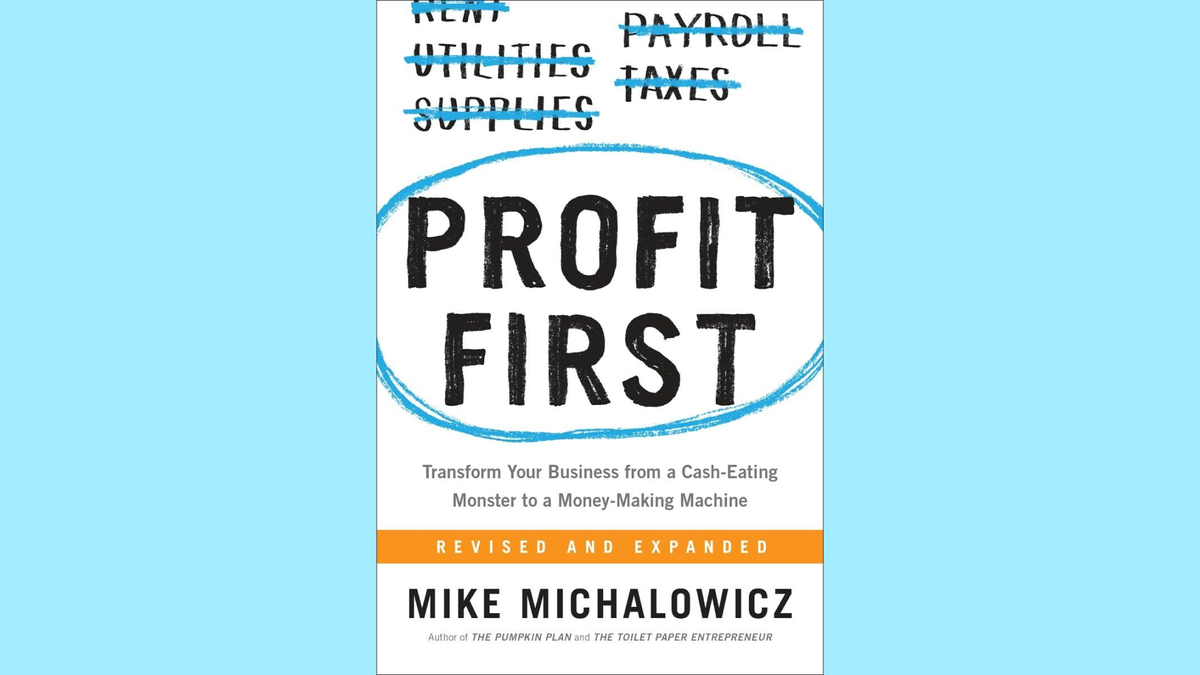
3. Team Issues and Founder Disputes
Many startups fail because of conflicts within the founding team. Misaligned visions, overlapping responsibilities, or poor communication can kill momentum.
How to Avoid It:
- Create a co-founder agreement that outlines roles, equity, and exit scenarios.
- Have regular check-ins about goals, vision, and personal commitments.
- When hiring, prioritize complementary skill sets and cultural fit.
Reality Check: You’re not just building a product—you’re building a team.
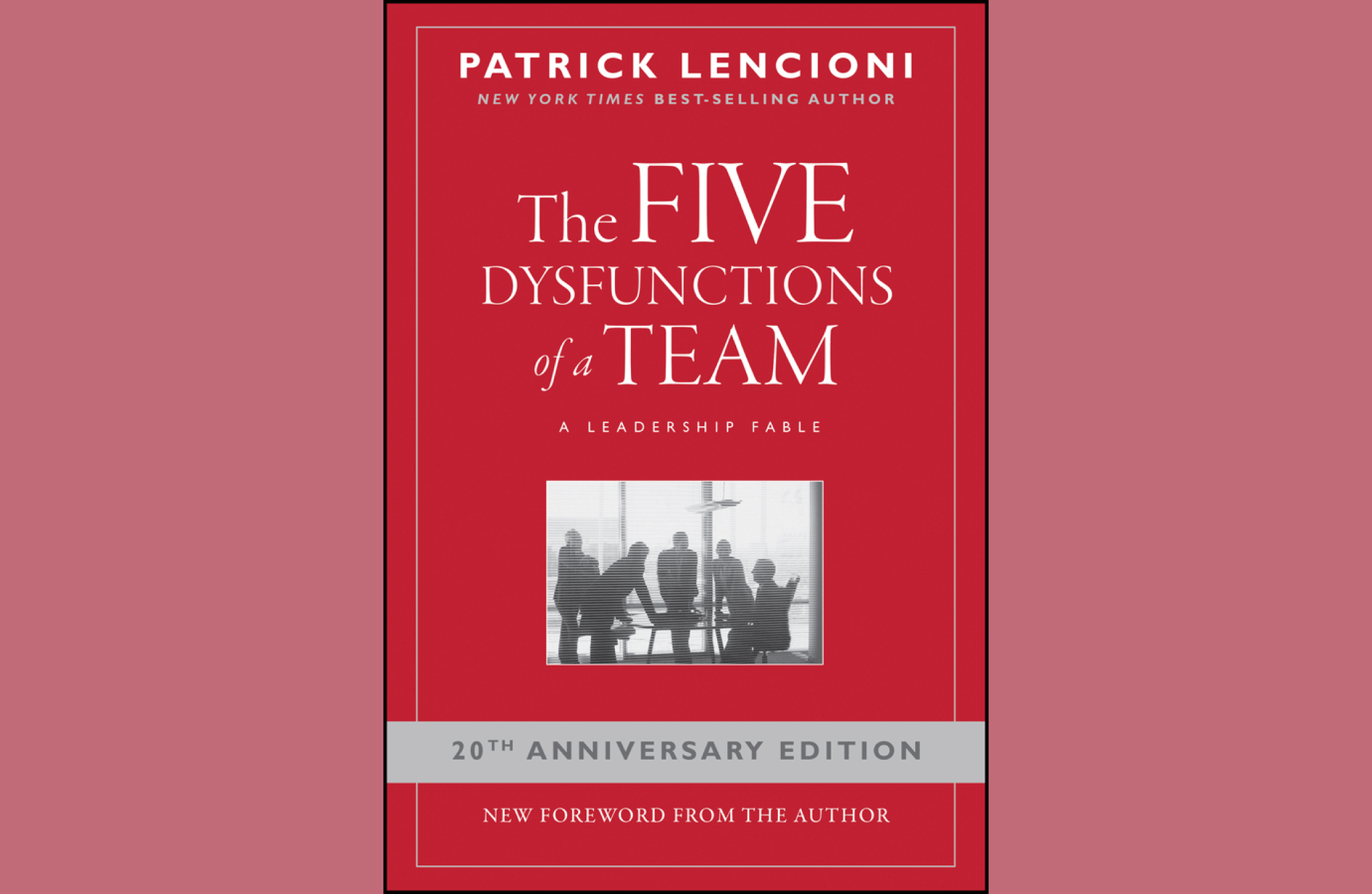
4. Ignoring Product-Market Fit
You don’t just "find" product-market fit and call it a day. It’s an ongoing process that evolves as you scale. Many startups fail because they assume early traction means long-term success.
How to Avoid It:
- Regularly measure retention, churn, and engagement.
- Be willing to pivot if user feedback suggests a different direction.
- Keep refining the product until customers need it, not just want it.
Warning: Scaling is like trying to fill a leaky bucket without product-market fit.
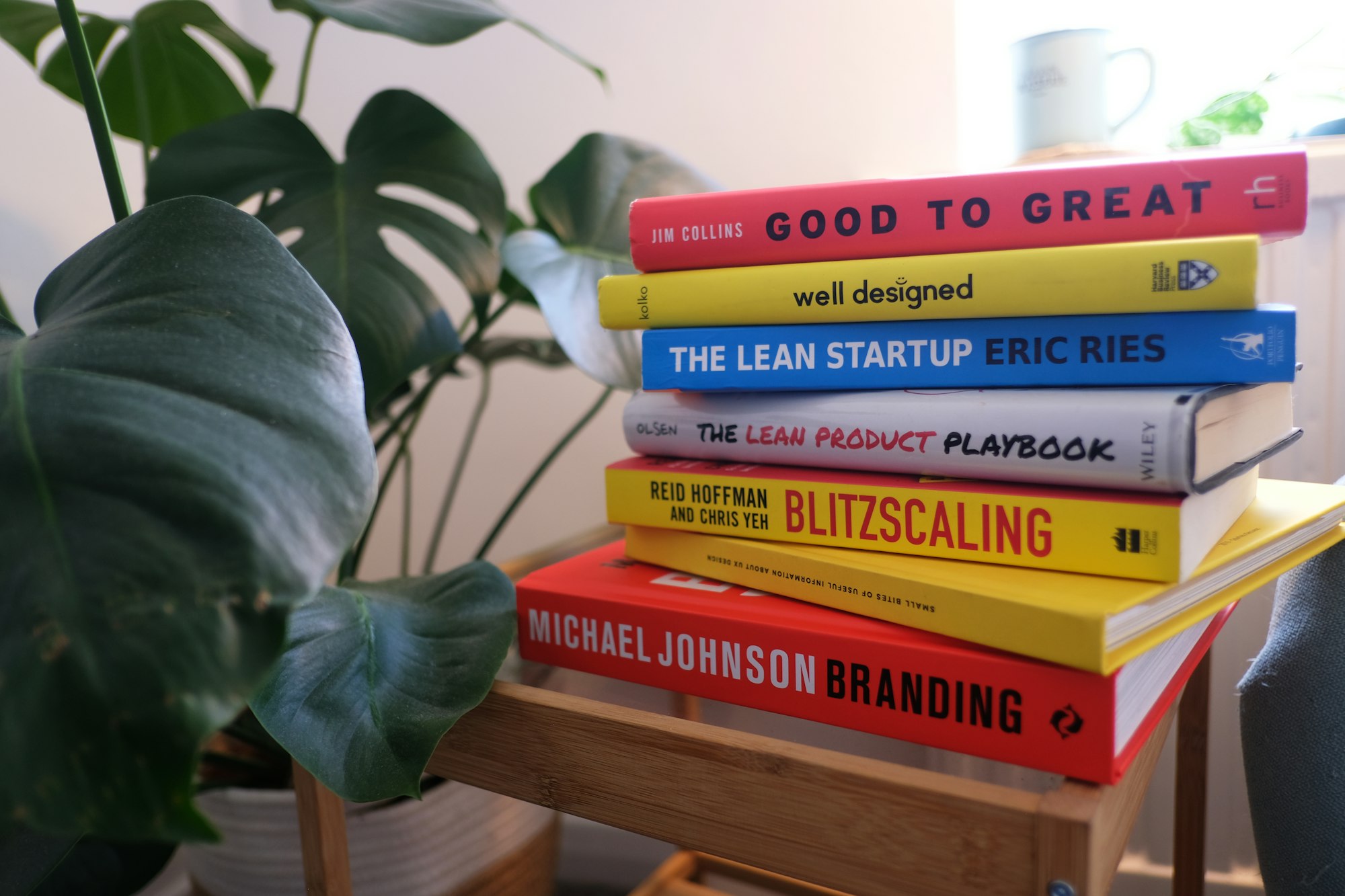
5. Neglecting Marketing and Distribution
"If you build it, they will come" is a myth. Even the best products fail without effective marketing and distribution.
How to Avoid It:
- Identify your most effective marketing channels early (social media, partnerships, email, etc.).
- Track metrics like Customer Acquisition Cost (CAC) and conversion rates.
- Build marketing into your product. Can you design features that encourage word of mouth or referrals?
Reality: No one cares about your product until you give them a reason to.

6. Pricing Problems
If you set your price too high, you will scare off customers. Too low, and you will lose money. Many startups guess their pricing strategy instead of testing it.
How to Avoid It:
- Test pricing through customer surveys and experiments.
- Start with a simple model (freemium, subscription, pay-per-use) and refine as you grow.
- Ensure your unit economics (Customer Lifetime Value vs. CAC) make sense.
Truth Bomb: You’re not just selling a product—you’re selling value.
7. Weak Value Proposition
If you can’t explain what problem you solve and why you’re better than the alternatives in under 30 seconds, you’ve got a problem.
How to Avoid It:
- Craft a clear, concise elevator pitch and test it on real people.
- Focus on outcomes, not features. (What’s the benefit for the customer?)
- Continuously refine your messaging based on feedback.
Rule of Thumb: If you confuse them, you lose them.
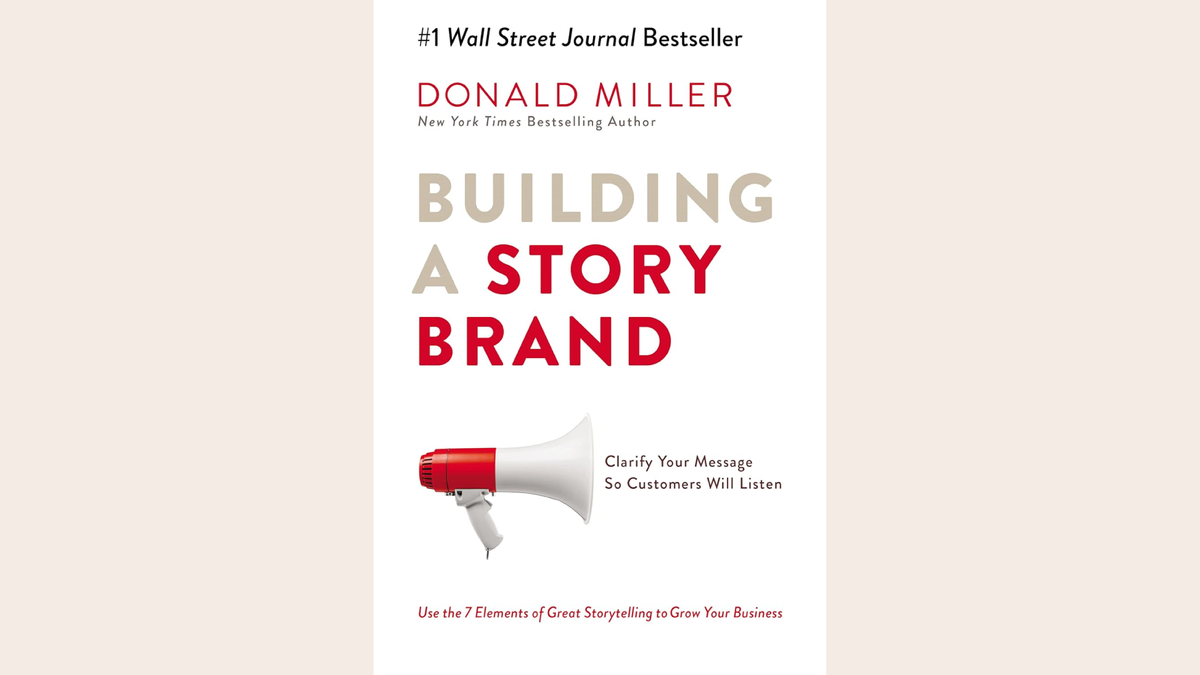
8. Scaling Too Soon
Premature scaling is a silent killer. Founders hire too fast, expand into new markets, or add features without a stable foundation.
How to Avoid It:
- Validate product-market fit before scaling.
- Build repeatable processes for sales, marketing, and onboarding.
- Check your unit economics to make sure scaling won’t burn cash.
Quick Check: You're not ready to scale if you haven’t nailed retention.
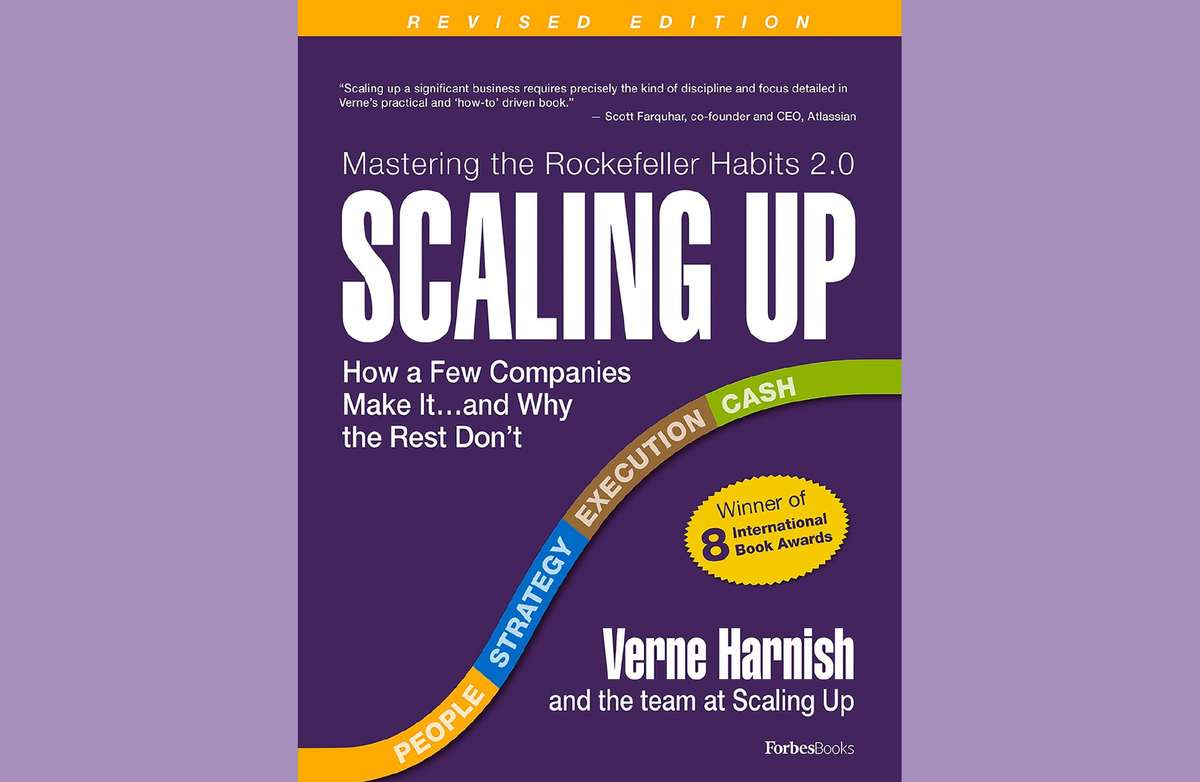
9. Ignoring Customer Feedback
Too many founders ignore feedback or cherry-pick the good stuff to avoid criticism—a big mistake.
How to Avoid It:
- Set up structured feedback loops (surveys, interviews, usability tests).
- Analyze trends instead of reacting to one-off comments.
- Don’t take feedback personally—use it to improve the product.
Key Insight: Your customers are giving you free lessons. Take them.

10. Lack of Focus
Shiny object syndrome is real. Many startups try to do too much—too many features, too many markets, too many ideas—and do nothing well.
How to Avoid It:
- Identify one key metric (OMTM: One Metric That Matters) and focus on improving it.
- Ruthlessly prioritize. What moves the needle most?
- Remember: You can’t please everyone, and that’s okay.
Final Thought: Do less, but do it better.
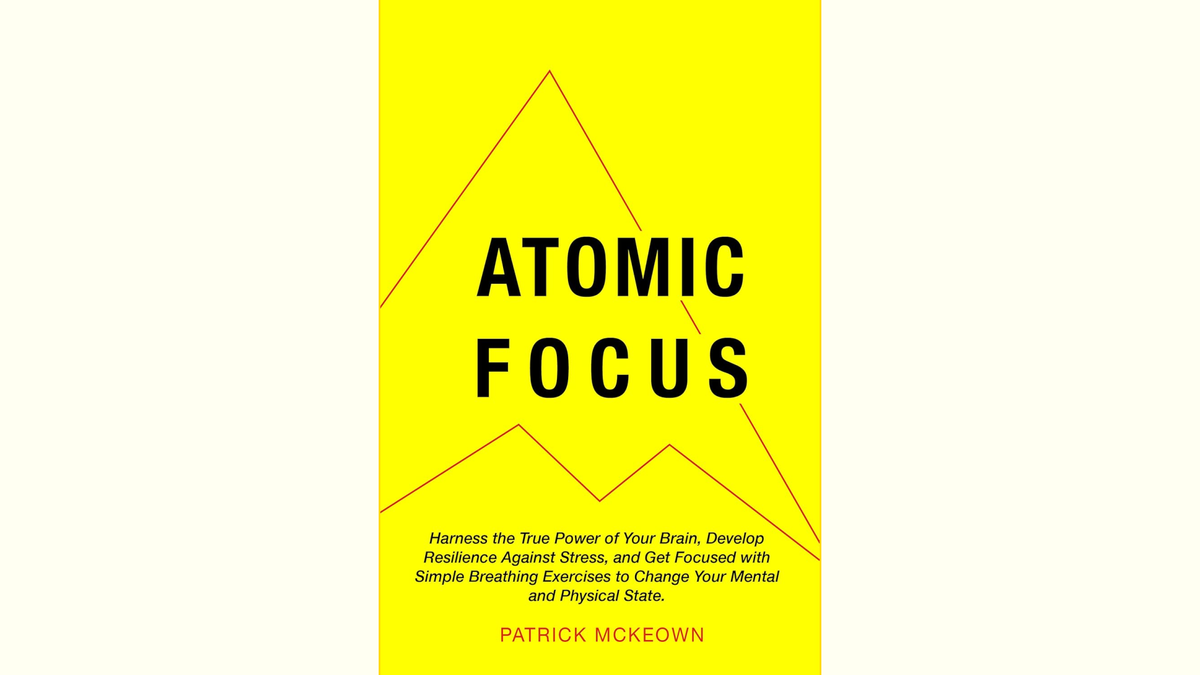
Wrapping It Up
Mistakes are part of the startup journey, but you don’t have to make all of them yourself. Learn from the failures of others and take action to steer clear of common pitfalls.
If you’re a founder, Reflect on where you might be slipping. If any of these mistakes sound familiar, you’re not alone—but you need to take corrective action ASAP.
Which of these startup mistakes have you experienced firsthand? Let me know in the comments, or if you want personalized guidance, let me know for a chat.
Self-Assessment Test for Founders and CEOs
Take this quick test to identify potential blind spots in your startup journey. Answer honestly, and score yourself on a scale of 1-5 (1 = Weak, 5 = Strong).
1. Product-Market Fit
- Have you validated demand through customer interviews and retention metrics?
2. Financial Management
- Are you aware of your current burn rate and runway?
3. Team Alignment
- Is your founding team aligned on vision, roles, and long-term goals?
4. Customer Feedback
- Do you have a process for gathering, analyzing, and acting on feedback?
5. Marketing and Distribution
- Do you have a scalable marketing strategy that brings in consistent leads?
6. Pricing Strategy
- Is your pricing model tested and supported by customer willingness to pay?
7. Value Proposition
- Can you clearly explain your product’s core value and differentiation?
8. Focus and Prioritization
- Are you focused on the most impactful tasks or spread too thin?
9. Scaling Readiness
- Have you ensured that scaling won’t compromise product quality or cash flow?
10. Founder Mindset
- Are you working on the business rather than getting stuck in the business?
Scoring Guide:
- 40-50: You’re on the right track.
- 30-39: You have some gaps—prioritize improvements.
- Below 30: Time to take a step back and reassess key areas.
Use this test regularly to stay on course and avoid typical startup pitfalls!










